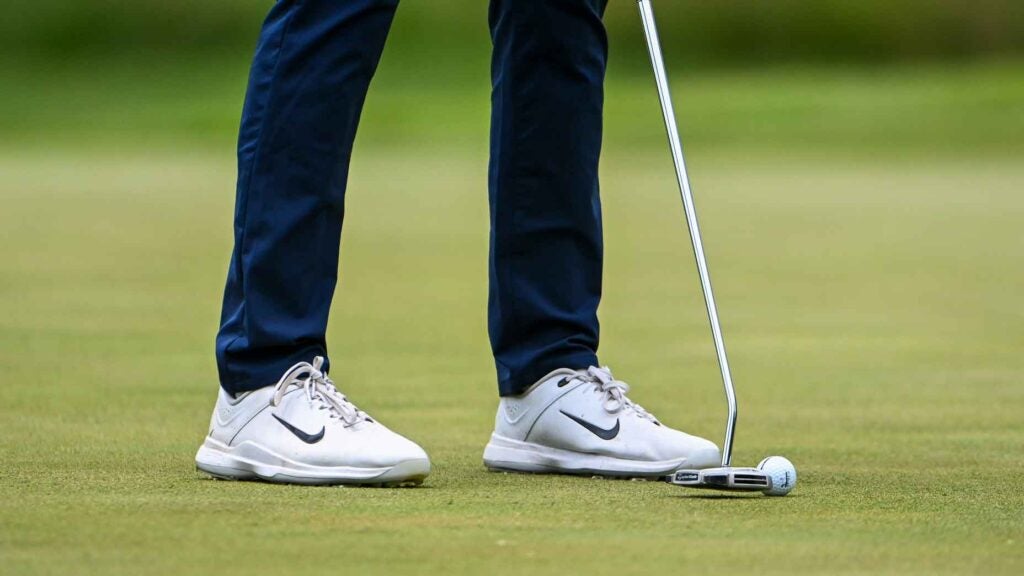If you’re looking for a way to hole more putts, chances are, you believe your best bet is to simply practice doing just that: holing more putts. While there are a plethora of drills you can do on that front, from around-the-world routines and putting gates to utilizing lasers, mirrors and strings, one top instructor has a novel recommendation: forgetting about the hole entirely when you practice putting.
Tim Gillis, who teaches at John’s Island Club in Vero Beach, Fla., says his favorite putting drill involves using the edge of the green as a target instead of the hole.
Why?
“Getting that ball to stop on the edge of the green helps the individual to actually work on the skill and be process-driven, not worried about results,” Gillis said. “They’re not worried about whether the ball goes in or not. They’re actually honing that skill.”
To use Gillis’ method for your own game, the first step is to identify a weak distance. Let’s say that’s lag putting from 30 feet. Pace off that distance from the edge of the green, and then place a tee in the ground. Drop three balls and work on creating tight dispersion at the edge of the green.
“Once you find yourself in a tight basket with your golf balls on the edge of the green, that’s where you’re gonna start to move around and see what other distances you’re really struggling with, and making sure that you’re getting that tight dispersion from each distance you choose, instead of those golf balls being all over the place,” Gillis said.
As you get started, don’t be discouraged by wild dispersal. That’s what this drill is for, after all. The key is to continue putting from the same distance until you manage to achieve the desired tight dispersion at the green’s edge.
According to Gillis, the drill also has a secondary advantage.
“A lot of times what we’ll see in this drill, we’ll find some flaws in the student’s setup and stroke,” he said. “Sometimes a student’s trail forearm — which I think is the most important part of a putting stroke — isn’t in line with the shaft, which is gonna make it really hard to control how the putter moves back and through, so they are kind of chicken-winging, or the grip is too far on top or too far underneath.
“It’s really important to get that trail arm in line with the shaft so it acts as one unit instead of two pieces fighting against each other,” Gillis continued. “Those issues need to be addressed before the student can actually start to understand how that putter moves, which usually can take a couple more rounds of the drill.”
Put Gillis’ advice to work during your next practice session, and start making more putts this season.
